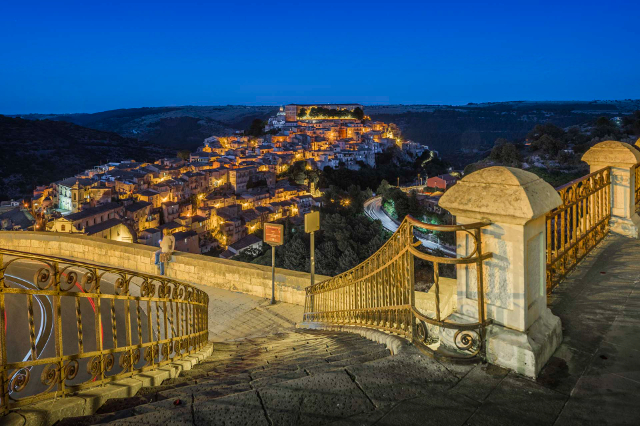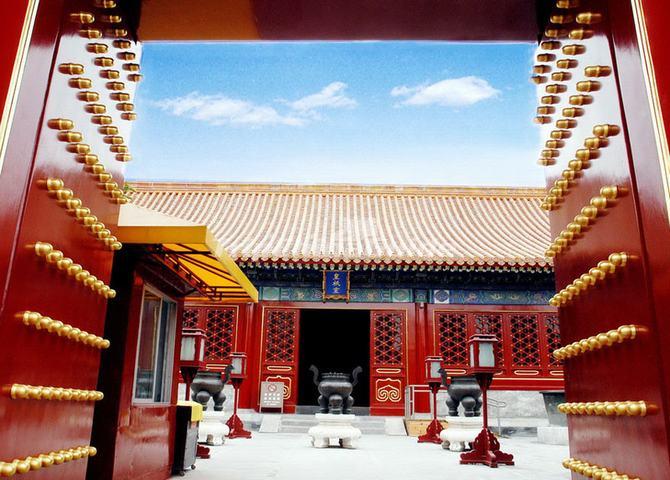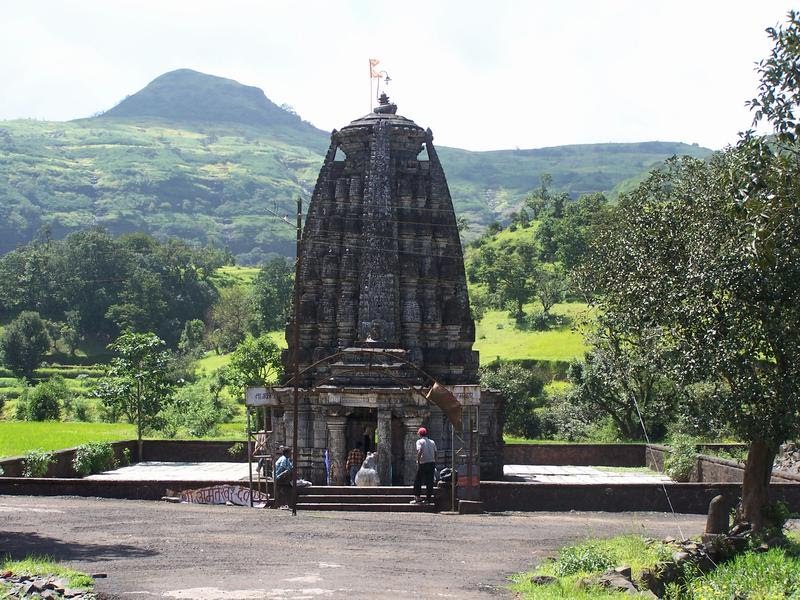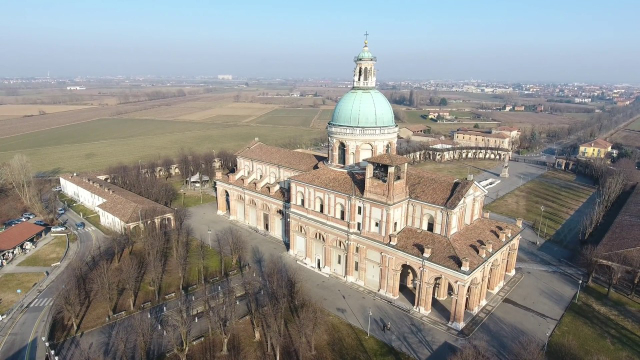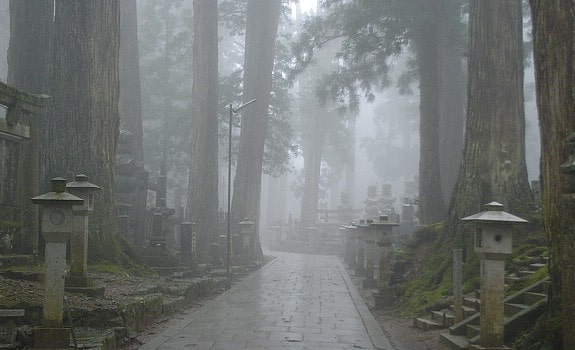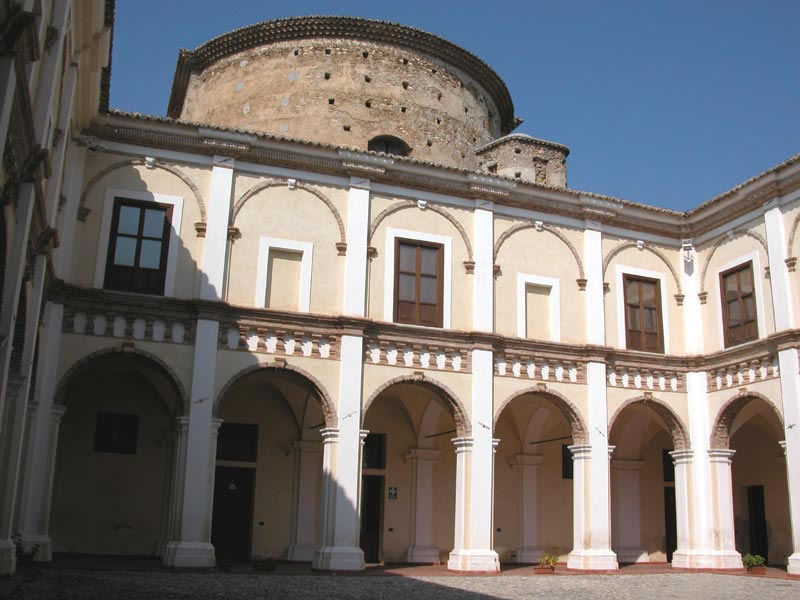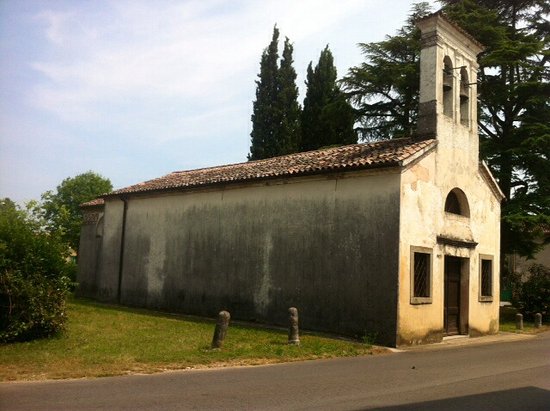The Church of Santa Maria delle Scale in Ragusa is undoubtedly one of the most famous and photographed views of the city. It marks the beginning of a path of stairs that connects the new town to Ragusa Ibla. Made world famous by episodes of Commissario Montalbano, it is one of the monuments in Ragusa that is part of the UNESCO site: Late Baroque Cities of the Val di Noto.The construction of the Church of Santa Maria delle Scale probably dates back to the Norman period. In the 14th century, during the rule of the Chiaramonte family, the building was rebuilt in the Gothic style, but was later partially destroyed by the 1693 earthquake. The earthquake caused the central and left aisles to collapse, leaving only the right one standing, which is still visible today. The missing parts were then rebuilt in the Baroque style. The ancient church was preceded by a portico with arches, called "le pinnate di Santa Maria," which occupied the present left aisle. On one side of the portico was an octagonal stone pulpit, now walled up outside the church.The interior of the Church of Santa Maria delle Scale in Ragusa is divided into three naves. The one on the right is the only survivor of the terrible Val di Noto earthquake. Here two Gothic-Catalan and one Renaissance-style archways are visible, all finely carved with ornamental motifs. The second arch is particularly interesting because it is topped by a small sculpture of the "Madonna and Child." The reliefs decorating it depict flowers, branches and various fantastic animals. One of the most beautiful works kept inside the church is located in one of the chapels in the right aisle. It is a polychrome terracotta altarpiece from Caltagirone depicting "The Transit of the Virgin" and dates back to 1538.
